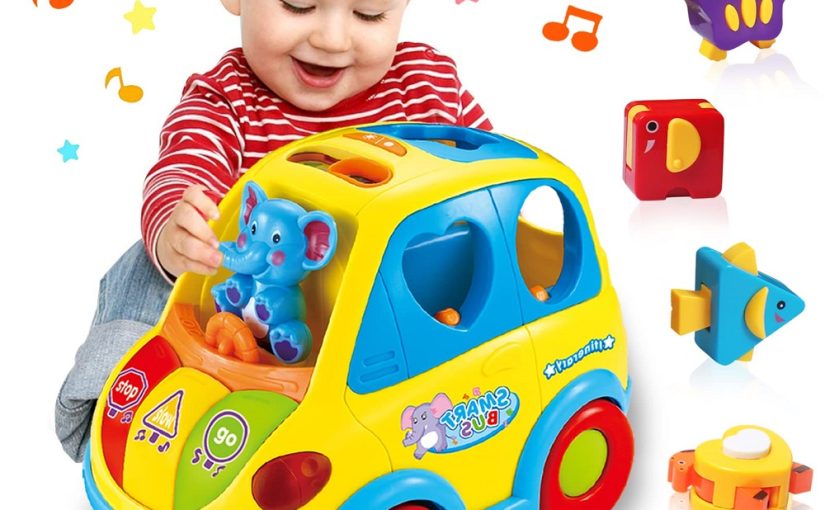Choosing toys for toddler boys can be a delightful experience full of fun and excitement. However, parents and caregivers must prioritize safety when selecting these items. Toddlers are curious and energetic, often exploring their surroundings in adventurous ways. This article will discuss the essential safety features to consider when shopping for toddler boy toys. By focusing on these aspects, you can ensure that the toddler boy toys you choose are not only entertaining but also safe for your little one.
Understanding Age Appropriateness
Recommended Age Labels
One of the first safety features to consider when choosing toys is the age recommendation provided by the manufacturer. Most toys come with labels indicating the appropriate age range for use. These age recommendations are crucial as they help ensure the toy’s size, complexity, and safety features are suitable for toddlers.
For example, toys designed for older children may contain small parts or complex mechanisms that are not appropriate for toddlers. Such elements can pose choking hazards or lead to accidents. Always pay attention to these labels to guarantee the toy is safe for your child’s developmental stage.
Developmental Skills
Moreover, consider your toddler’s developmental skills when selecting toys. Toys that promote fine motor skills, creativity, and problem-solving are great choices for toddlers. However, they should also be simple enough to avoid frustration. Age-appropriate toys are designed with your child’s capabilities in mind, promoting learning while keeping safety at the forefront.
Fostering healthy development through appropriate toys can also encourage your child’s engagement. By paying attention to age guidelines, you can make informed decisions that support your toddler’s growth and safety.
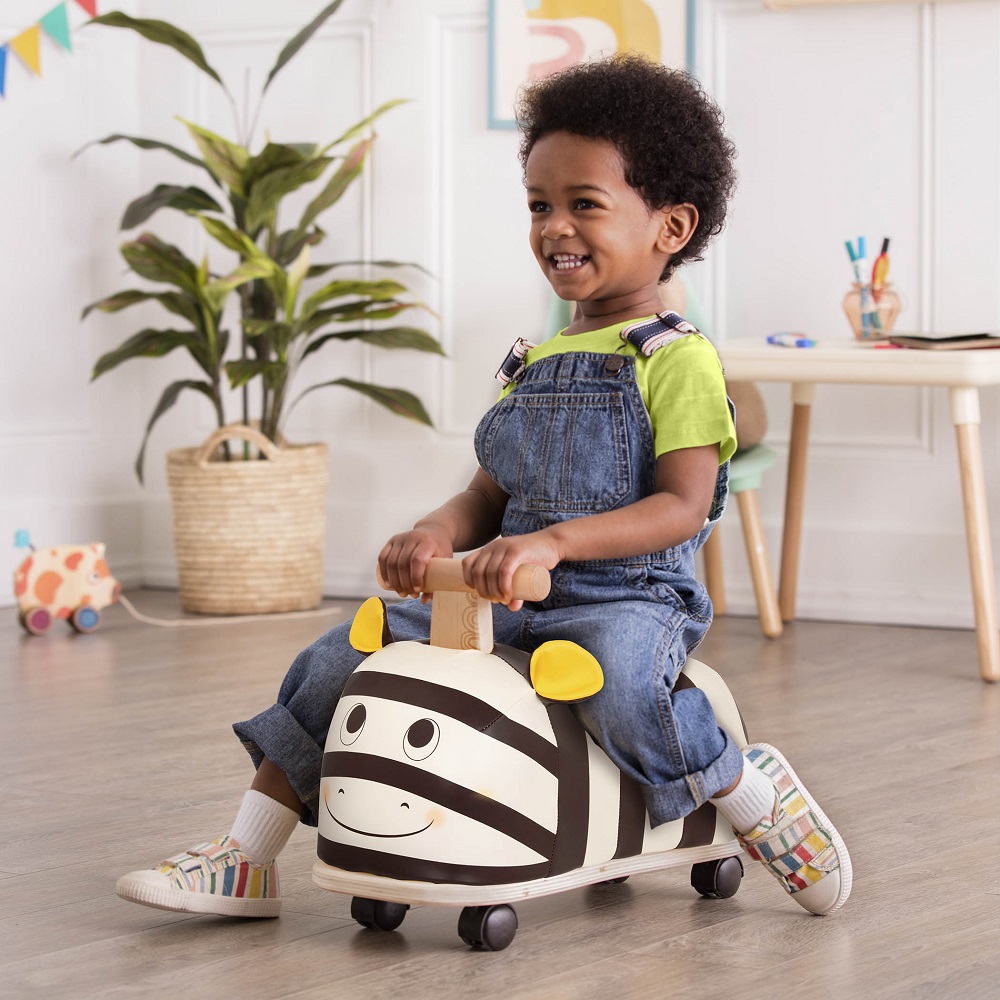
Material Safety
Non-Toxic Materials
The materials used in toy manufacturing are a significant factor in ensuring safety. When choosing products for toddlers, look for non-toxic materials. Many reputable brands use safe materials that are free from harmful chemicals and phthalates. These materials include BPA-free plastics, natural wood, and organic textiles.
Non-toxic toys are vital for toddlers, who often explore the world through taste. They may put toys in their mouths, so ensuring that the items are safe to chew on is essential. Reading product labels and researching brands can help you identify those committed to using safe materials.
Durability and Quality
In addition to non-toxic properties, the quality and durability of materials matter as well. Toys made from high-quality materials are often more robust and less likely to break. Lower-quality toys may pose a risk, as they can break into sharp pieces that could cause harm.
When shopping, look for toys that have undergone safety testing and adhere to recognized safety standards. Checking for certifications can increase your peace of mind, ensuring that the toys are both safe and durable for your active toddler.
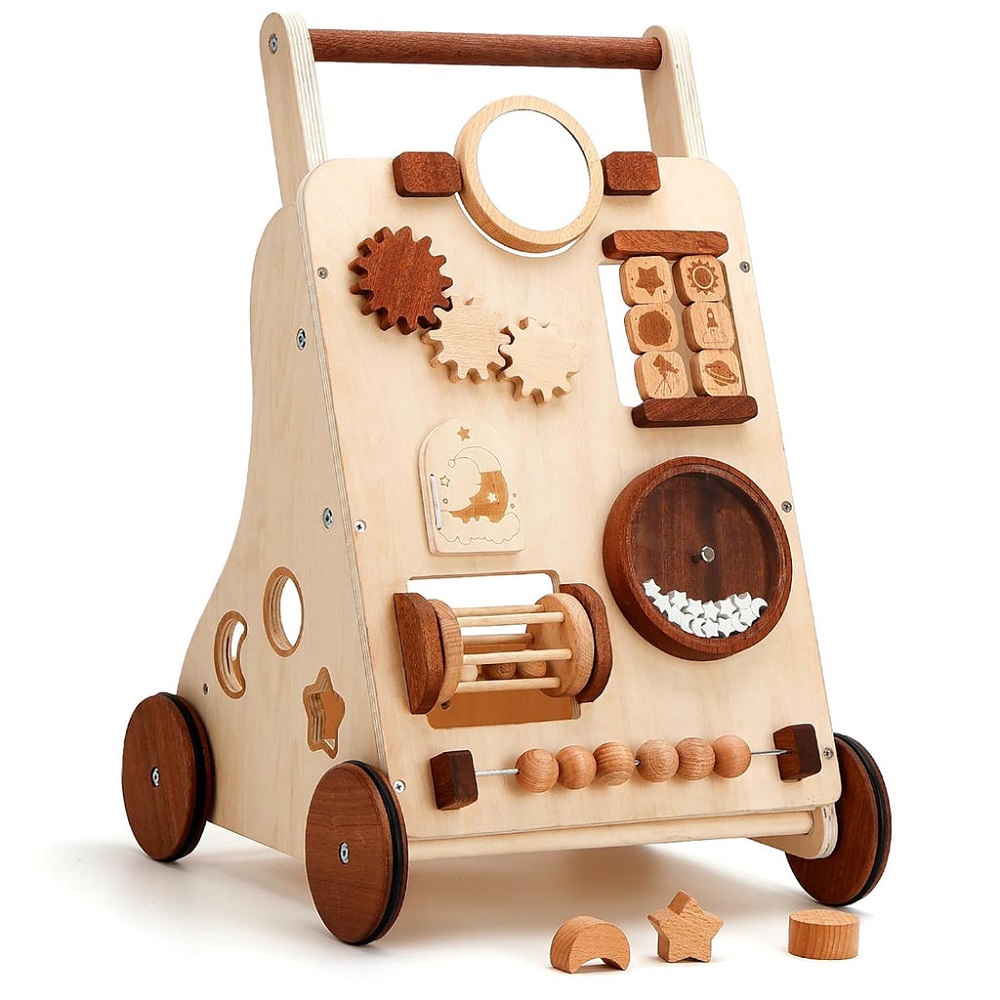
Choking Hazards
Size and Shape Considerations
Choking hazards are a leading concern when purchasing toys for toddlers. Small parts can pose significant risks if a child puts them in their mouth. Manufacturers usually label products with warnings about choking hazards effectively. Always scrutinize these warnings closely, especially for toys with small components.
Toys designed for older children typically contain small parts that may not be safe for toddlers. Choose toys that have larger parts, ensuring the child cannot swallow or choke on them. A general rule of thumb is that any toy or part should be larger than the child’s mouth to prevent potential choking incidents.
Avoiding Loose or Breakable Parts
In addition to assessing the size and shape of toys, inspect them for loose, breakable components. Parts that can detach pose a choking risk. Safety-conscious manufacturers design toys to minimize removable parts wherever possible. Reviewing the construction of a toy can help you make a safer choice.
Avoid toys that contain tiny pieces, especially if they can easily break off during play. Ensuring the integrity of the toy is critical for preventing accidents. Sturdy construction should be a significant factor in your purchasing decisions.
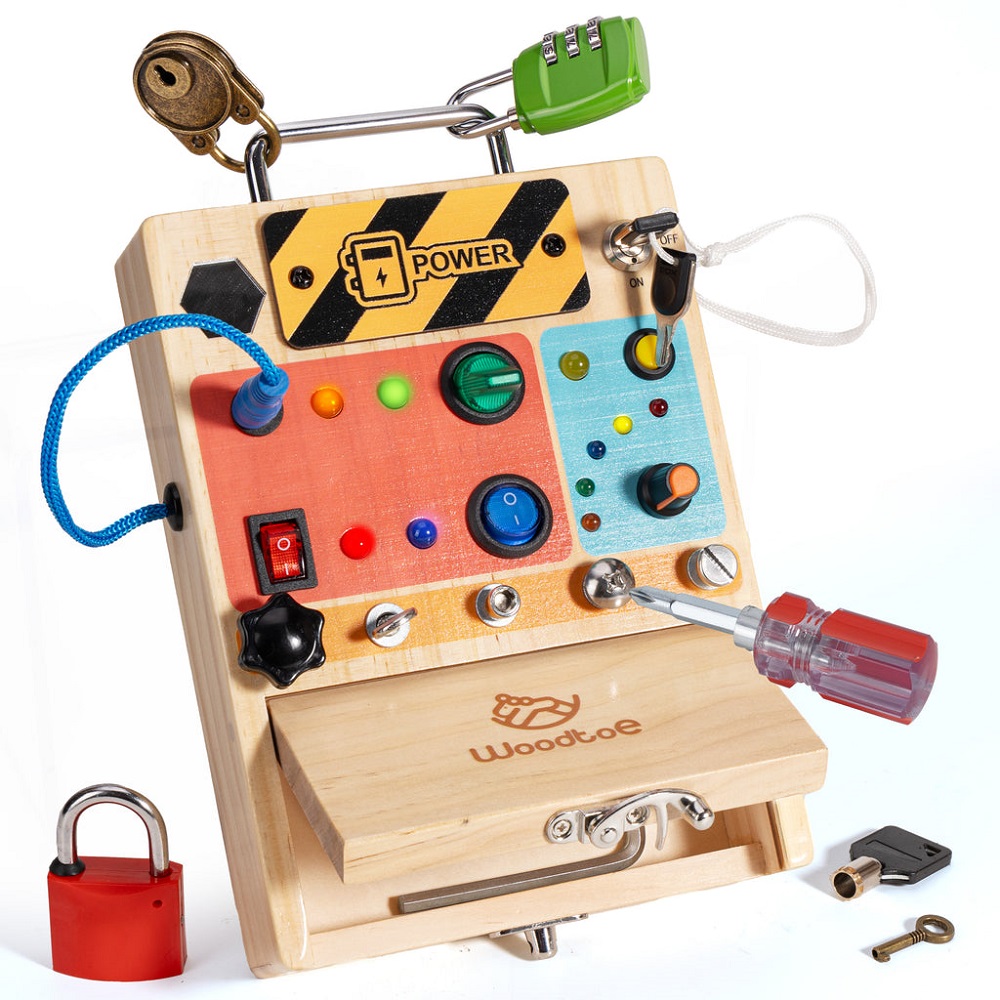
Sharp Edges and Points
Inspecting the Design
Another critical safety feature centers around the design of the toy itself. Inspecting for sharp edges and points is essential. Toys with sharp, jagged, or pointed components should be avoided at all costs. Even seemingly harmless objects can cause injuries if they are not designed with safety in mind.
Manufacturers dedicated to safety ensure that toys for toddlers are rounded and smooth. Look for toys that have been tested for safety and specifically designed for children’s use. A careful inspection before purchase can help you avoid toys that may cause cuts or scratches.
Understanding Material Safety
Alongside edge safety, the materials used in construction contribute significantly. Some materials, such as thin plastic or poorly made metal, can break easily and leave sharp shards. Avoid toys made from these materials, particularly if they are lightweight but flimsy.
It’s also advisable to consider how toys might be used during playtime. Active play often leads to bumps or drops, so ensuring that toys can withstand energetic use without breaking is vital. This consideration can help prevent injuries during play.
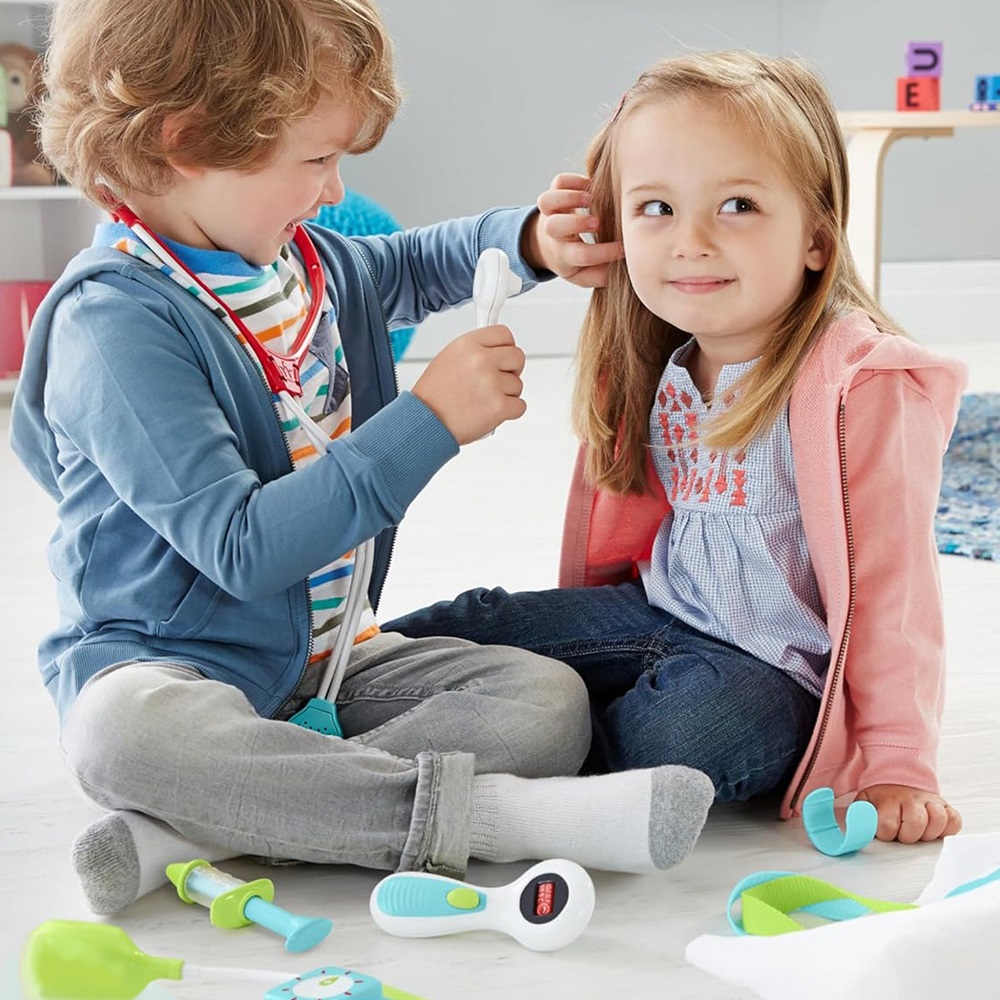
Secure Construction and Stability
Evaluating Stability
The overall stability of toys plays a significant role in safety. When choosing items like ride-on toys or playsets, it is essential to examine how stable they are. Toys that tip over easily can lead to falls and injuries. Ensure that any larger toys have a solid base and are designed for balance.
Look for features that enhance stability, such as wide bases on ride-on toys or robust supports on playsets. The construction should minimize the risk of tipping over, providing a safe environment for your toddler. Stability is particularly important for toys that encourage physical activity.
Checking Assembly and Attachments
In addition to stability, checking the assembly and attachments of toys is crucial. Ensure that you securely attach all parts and that there are no loose connections. Items that require assembly should include clear instructions, and once assembled, everything should feel solid and secure.
Avoid toys that have components that seem flimsy or poorly attached. A child’s active play can dislodge insecure parts, leading to potential risks. Ensure that items are well-constructed to withstand energetic usage, so your toddler can enjoy them safely.

Electronic Toys: Safety Considerations
Battery Safety
When considering electronic toys, battery safety becomes a vital factor. Look for toys that have safe battery compartments. Screws should secure the battery housing to prevent toddlers from accessing the batteries. This secure design minimizes the risk of swallowing batteries or experiencing battery-related hazards.
Also, be mindful of the type of batteries used in toys. Non-rechargeable batteries, like button batteries, can pose choking risks. It’s advisable to avoid toys with easily accessible battery compartments or loose batteries. Opt for toys that are rechargeable or use batteries that are difficult for toddlers to access.
Device Durability
Another concern with electronic toys is durability. Young children often drop or throw toys during playtime. Thus, selecting electronics designed to endure rough handling is critical. Look for toys made with shock-resistant materials and built to withstand minor drops and bumps.
Checking for waterproof elements can also be beneficial, especially for toys intended for bath time or outdoor use. Ensuring these toys are durable creates a safe and worry-free playtime experience.
Brands and Certifications You Can Trust
Finding Reputable Brands
Not all toys are created the same, and trust in the manufacturer is an essential aspect of safe shopping. Renowned brands often prioritize safety and quality during design and production. Brands such as Fisher-Price, Melissa & Doug, and LEGO have established reputations for creating safe, reliable toys for toddlers.
Researching brands before purchasing can save you potential headaches later. Brands committed to children’s safety often undergo rigorous testing and comply with safety regulations. Look for well-known companies that have a history of adhering to safety standards.
Checking Certifications
Most toys come with several certifications that indicate they meet safety standards. For example, look for labels such as ASTM (American Society for Testing and Materials) and EN71 (European Standard for Toy Safety). These certifications assure parents that relevant authorities have tested the toys for safety parameters.
When shopping, reviewing these certifications can guide you in making informed decisions. Selecting toys with proper safety labels highlights your commitment to your child’s safety while shopping.
Making Safe Choices for Your Toddler
In conclusion, selecting safe toys for toddler boys is a responsibility that should not be taken lightly. By focusing on key safety features such as age appropriateness, material quality, choking hazard avoidance, and brand reputation, you can ensure that the toddler boy toys you choose promote a safe play environment.
With toddlers’ natural curiosity and energy, ensuring safety in toy selection becomes even more vital. Understanding the importance of stability and construction quality helps prevent accidents and injuries. Incorporating safe materials further emphasizes the dedication to protecting young children from potential risks, especially regarding electronic toddler boy toys.
By emphasizing safety, parents can provide quality play experiences that foster learning and growth. When choosing toddler boy toys, always keep safety at the forefront of your decisions. With the right knowledge and considerations, you can select toddler boy toys that not only entertain but also keep your toddler safe and happy. Happy shopping, and ensure that your toddler enjoys many safe playtimes ahead!
